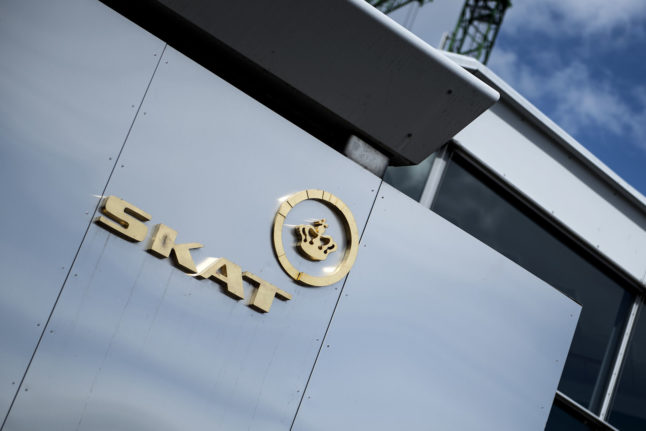The criticism has emerged from the recent announcement that energy companies are to be required to pay a special tax contribution totalling 1.2 billion kroner due to additional revenues resulting from the energy crisis. The special tax is connected to an EU measure aimed at relieving high energy prices for consumers.
The money will be spent by the state on support for members of the public who are struggling with costs caused by inflation. This will funnel it back to consumers, the government argues.
READ ALSO: Danish energy companies ordered to return 1.2 billion kroner
“That is not what you would normally think to be a tax freeze,” economy professor Bo Sandemann Rasmussen of Aarhus University said in comments to newspaper Berlingske.
In December’s coalition policy agreement, the government states that its tax policies will be “be based on tax freeze” (skattestop).
The term skattestop has been a key part of tax policy within the Liberal (Venstre) party, one of the two junior partners in the coalition, for over two decades.
The government suggested it will use a fund of 300 million kroner previously set aside for a temporary subsidy for vulnerable families in order to meet its tax promises.
It also wants to give inflation-related tax-free cash payments to low-income senior citizens who receive the ældrecheck welfare benefit.
READ ALSO: KEY POINTS: What are the main policies of the new Danish government?
But these plans do not fit with a “tax freeze” in the traditional sense, Rasmussen said to Berlingske.
“Normally you would say this [a tax freeze] should happen within the tax system. In other words, via either direct taxation of people’s incomes or through indirect taxes like VAT,” he said.
In September, the European Commission asked member countries to implement plans to cap to energy company profits. These, as well as levy collections from fossil energy companies, were expected to raise 140 billion euros.
The policy was a key element of the Commission’s measures to relieve high energy prices for consumers.
Tax Minister Jeppe Bruus noted in a comment that the EU had required the Danish government to apply a special tax, news wire Ritzau writes.
“This is therefore a proposal that is the consequence of a regulation that took effect before the new government was in place,” Bruus said.
“The policies the government has presented mean, overall, that taxes will be considerably reduced,” he stated.
Negotiations with other parties could determine the way in which the money regained from energy companies is spent – and therefore whether it takes the character of tax cuts.
The Liberals said they stand by their “tax freeze” principle.
“We naturally stand by the tax freeze and want to reduce tax by billions for both Danes and Danish companies. The EU has – before the coalition was formed – required Denmark to implement [caps on energy companies],” Liberal tax spokesperson Jan E. Jørgensen said in a written comment.
“At the same time, there are a number of criteria from the EU on what the proceeds from these measures can be used for and what they may not be used for,” he added.
The libertarian thinktank Cepos accused the government of breaking promises to reduce tax and rejected its argument relating to the EU regulation.
“According to the tax ministry, the proceeds from tax increases [on energy companies] can go to things like measures to relieve the consequences of high electricity prices for consumers,” Cepos senior economist Mads Lundby Hansen told Ritzau.
“Lower electricity taxes reduce electricity prices, so I therefore see no obstacle to the government, for example, reducing the electricity tax and thereby complying with its tax freeze,” he said.



 Please whitelist us to continue reading.
Please whitelist us to continue reading.
Member comments